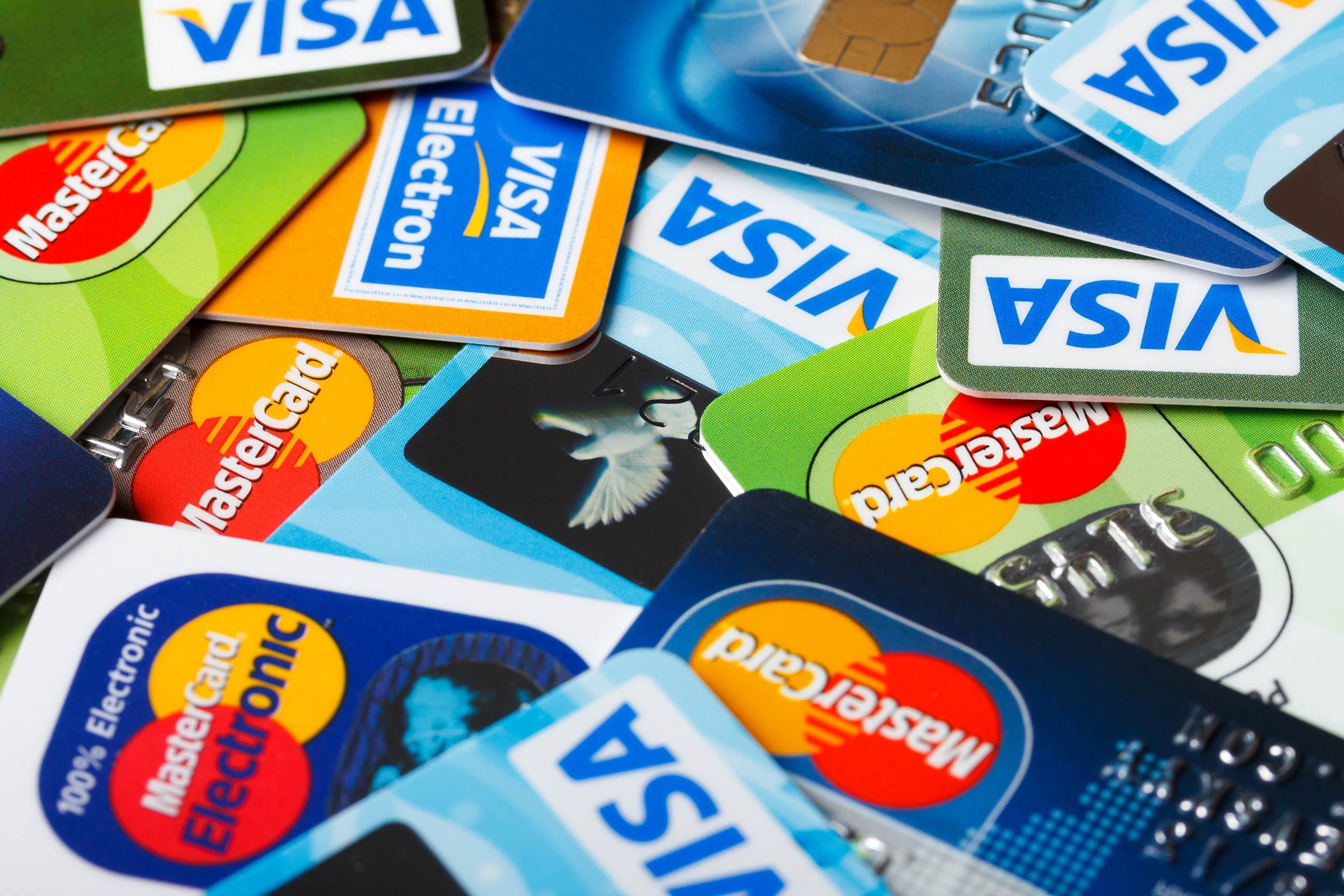Whether you have no credit, slow credit, bad credit or are coming off of a recent bankruptcy discharge, getting approved for new credit can be a nightmare. Sure there are companies out there willing to lend to you, but the terms are so terrible that you find yourself back on a path towards financial meltdown. Using secured credit cards to rebuild credit allows you to limit your costs while developing your revolving credit history, all without the lender risking any money.
Here’s How Secured Cards Work
You pay a deposit to the lender to be held in trust. That deposit is used as collateral to guarantee repayment of the credit that is extended to you. If you default, they simply claim your deposit to cover the loss. For this reason, secured cards can be an excellent way to build or rebuild credit when other options are too expensive or not offered.
Most secured cards require a deposit of either $300 or $500 and then provide you with a credit card that carries a matching credit limit. You use the card the same as you would any unsecured credit card, and you make payments to repay your charges on a monthly basis. In order to benefit from your use of a secured card, you must make your monthly payments on-time and avoid charging too much to the card. Similarly to unsecured cards, if you use too much of your available credit, your credit score will suffer. Missed or late payments will also continue to damage your credit, so you must make sure all payments are made prior to the due date.
Fees for secured credit cards vary wildly. Some cards carry fairly nominal fees, while others carry so many fees that they carve up half of your available credit before you make your first charge. It is important to avoid so-called fee harvester cards, since they cost too much to justify their benefit. Fee harvester cards tend to carry lower credit limits, annual fees, monthly fees and high interest rates. A secured card with a limit of only $200 is not going to be much use to you and it likely carries predatory fees.
Choosing a Secured Card
Make sure that you compare all of the offers available before you apply. Some cards have low interest rates but high annual fees. Some charge an application fee. Those that carry a monthly fee should generally be avoided.
Also, consider how well known the card issuer is. Some shady financial institutions specialize in marketing to lower income and less educated consumers who may unwittingly apply for cards with bad terms. Look for nationally recognized products that are widely accepted.
Finally, ask what opportunities there are for conversion of your secured card into an unsecured credit card. Some card issuers will do this automatically after proper usage for one to two years. This can be a great benefit, since you could eventually obtain an unsecured credit card without a separate application and receive your original deposit back! Choose wisely and protect your credit once you receive your card.
